Michael Bloomfield “Analine”
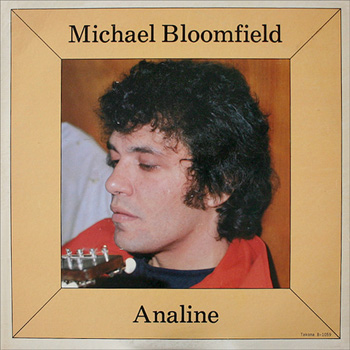
By 1977 Michael Bloomfield was well past his glory days as a stellar sessioneer on Bob Dylan’s Highway 61 Revisited and as one half of the Butterfield Blues Band’s fearsome two-pronged guitar attack with Elvin Bishop. Disillusioned by the guitar-star pressure resulting from the Fillmore supersessions with Al Kooper and his brief tenure as figurehead of the crazily over-hyped Electric Flag, and succumbing to increasing depression and substance abuse, he’d drawn in his horns and largely retired to his San Fran home, emerging occasionally to record low-key albums with friends including John Hammond Jr, Barry Goldberg and Dr John, or to play low-profile gigs with pickup bands in the Bay area. After a prolonged spell of not playing at all due to the effects of heroin, psychological disturbances and arthritis, Bloomfield re-emerged in ’77 to cut a series of four albums over three years for John Fahey’s Takoma label, in which he returned largely to the pure Chicago blues of his formative years, now leavened with soul, gospel and jazz influences.
The first Takoma album, Analine, finds Bloomfield stretching out in leisurely fashion alone in the studio, playing all the instruments himself on a selection of self-penned tunes and covers in enough styles to delight any Ry Cooder aficionado, and airing a tenor voice with a slightly cracked heroin edge and a wicked and very necessary sense of humour on the opening Peepin’ An’ A-Moanin’ Blues and on Big ˜C’ Blues whose decidedly non-PC lyrics deal with sexual perversions and cancer respectively, and on a wonderful ragtime rendition of the ancient murder ballad Frankie And Johnny. Most of the guitars are acoustic and sublimely played, with nods to Django Reinhardt on the swinging twelve-bar Mr Johnson And Mr Dunn (on which Bloomfield’s jazzy rhythm comping is a delight), to Stefan Grossman on the effortless Scott Joplin-syle Effinonna Rag, and to Cooder on the beautiful Tejano Hilo Waltz, forefronting Dobro and tiple. Bloomfield also offers an effective bluesy piano, an instrument with which he’s not usually associated, on the sombre gospel instrumental At The Cross and on a maudlin but stylish reading of Ellington’s Mood Indigo. The only disappointments are that he lets rip only once in his legendary electric blues style, on Big ˜C’ Blues, and that his expeditions on electric slide guitar tend to be a bit weedy and undisciplined, as on At The Cross and on the concluding, soulful, title track. The latter is the only cut to feature other musicians, including old supersession colleague Nick Gravenites on vocal, and is a pointer to the following albums which would be recorded in a band milieu.
Hopelessly out of sync with the prevailing musical industry trends, the four Takoma outings predictably sank without trace saleswise. After a couple more desultory albums and a one-off reunion on stage with Dylan at SF’s Warfield Theater in November 1980 at which he contributed to a stirring revisitation of Like A Rolling Stone, Bloomfield was found dead from a massive heroin OD in his car two months later, his body allegedly having been removed from a party and driven to a different location in a gruesome echo of Gram Parsons’s demise. Sic transit gloria mundi, or in Mike Bloomfield’s case perhaps the finest white blues guitarist ever. Analine can be found with the subsequent Michael Bloomfield on the first of Ace’s 2007 twofer reissues of the four Takoma albums.
“Effinonna Rag”
![]() Original | 1977 | Takoma | search ]
Original | 1977 | Takoma | search ]
![]() Reissue | 2007 | Ace | 2fer | buy ]
Reissue | 2007 | Ace | 2fer | buy ]
Also Recommended
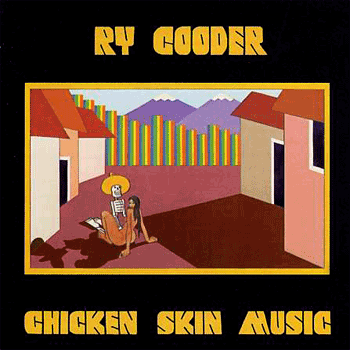
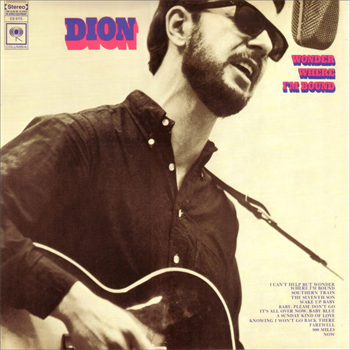
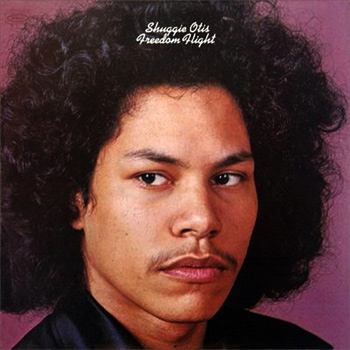
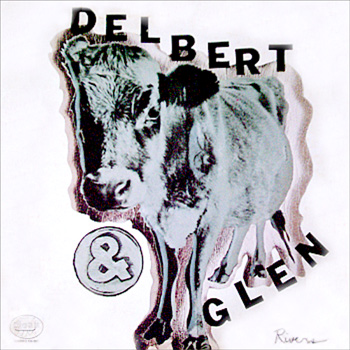

The Butterfield Blues Band’s “East-West” track is one of the best rock n roll/psych instrumentals ever….
Yes well what can u say, Analine, just great, Mike seems so relaxed, probably the most popular releases of all of Mike’s for myself. it can be a sad world but what beautiful memories here.